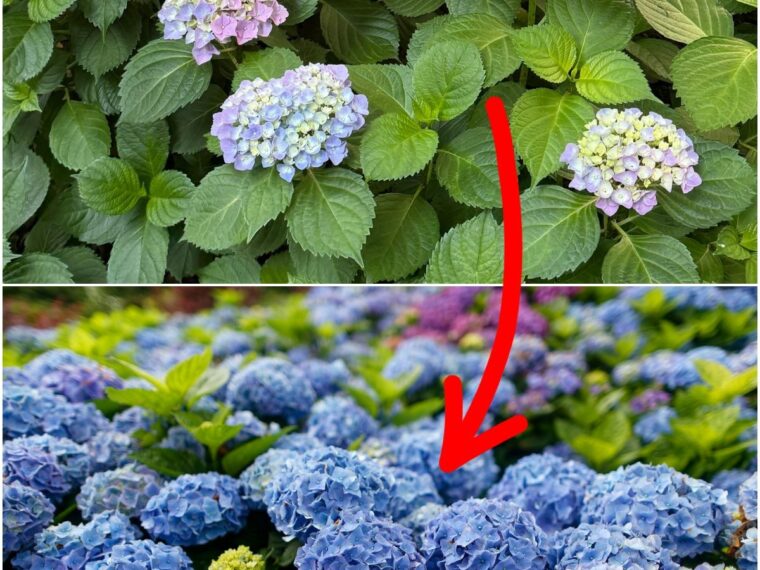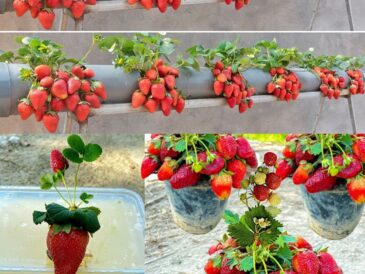The Fix:
- Use a balanced fertilizer (like 10-10-10) or one with higher phosphorus content (e.g., 10-20-10) to encourage blooming.
- Apply fertilizer in early spring and again in mid-summer, but avoid excess.
🌱 5. Immature or Newly Planted Hydrangea
The Problem:
Hydrangeas may take 1–3 years to establish before blooming reliably, especially if grown from seed or small nursery plants.
The Fix:
- Be patient and give your plant time.
- Focus on healthy soil, proper watering, and light fertilizing to encourage strong root development.
💧 6. Inconsistent Watering
The Problem:
Hydrangeas are thirsty plants, especially during dry spells. Lack of water can stress the plant and prevent blooms.
The Fix:
- Keep soil consistently moist, especially during budding season (spring to early summer).
- Use 2–3 inches of mulch to retain moisture and regulate soil temperature.
🧪 7. Soil pH Imbalance (For Bigleaf Types)
The Problem:
While soil pH affects flower color in Hydrangea macrophylla, it can also affect nutrient absorption, which indirectly influences blooming.
The Fix:
- Test your soil pH. Hydrangeas prefer a pH of 5.5–6.5.
- Add garden lime to raise the pH (for pink blooms) or sulfur/aluminum sulfate to lower it (for blue blooms).
- Avoid extreme swings in pH, which can affect overall plant health.
🔍 Bonus Tips for Bigger Blooms
- Deadhead spent flowers to encourage more blooms.
- Apply a bloom-boosting fertilizer in early summer.
- Ensure adequate airflow to prevent fungal diseases that may stress the plant.
🌼 Final Thoughts
A non-blooming hydrangea can be frustrating, but it’s rarely beyond help. With the right combination of pruning, sunlight, watering, and soil management, you can restore your hydrangea to full bloom. Remember that understanding the type of hydrangea you have is key to solving the problem.
Pages: 1 2




